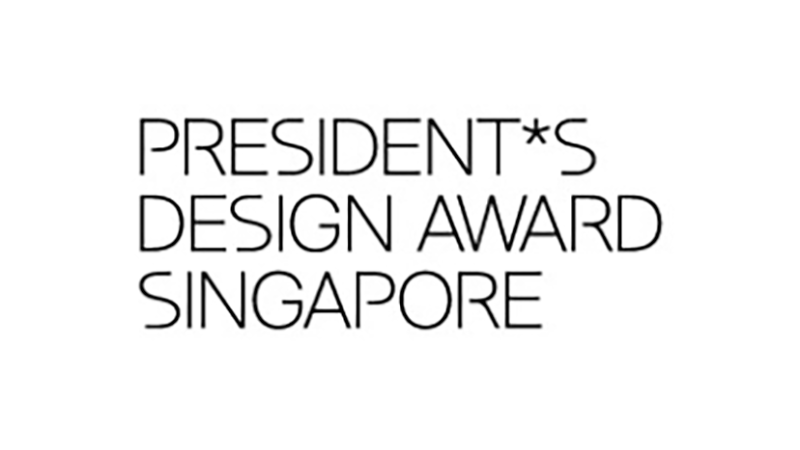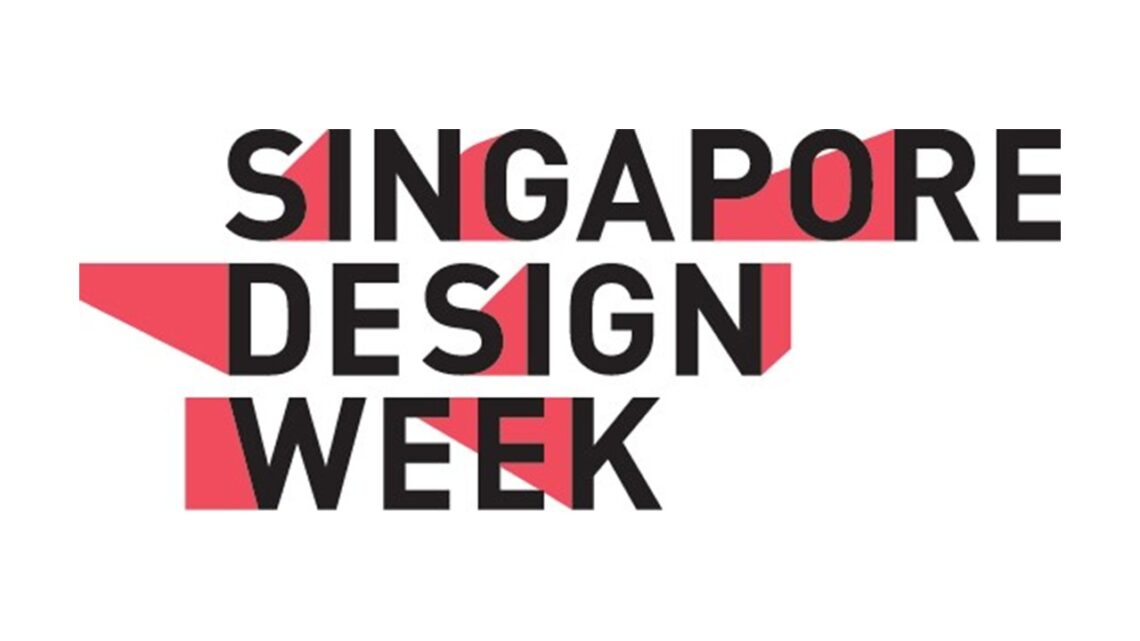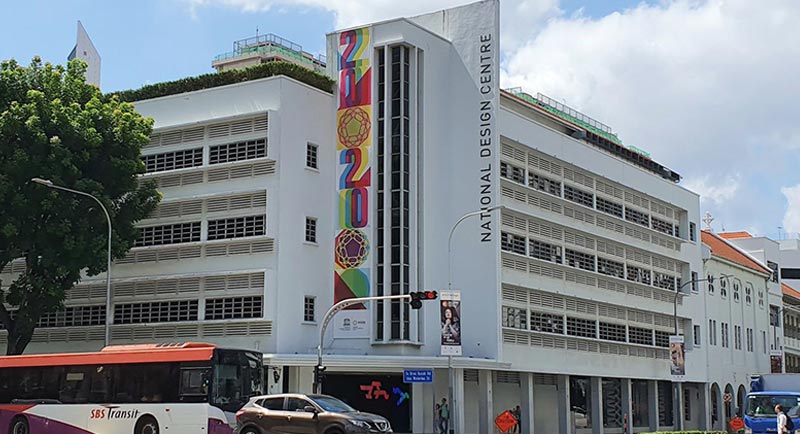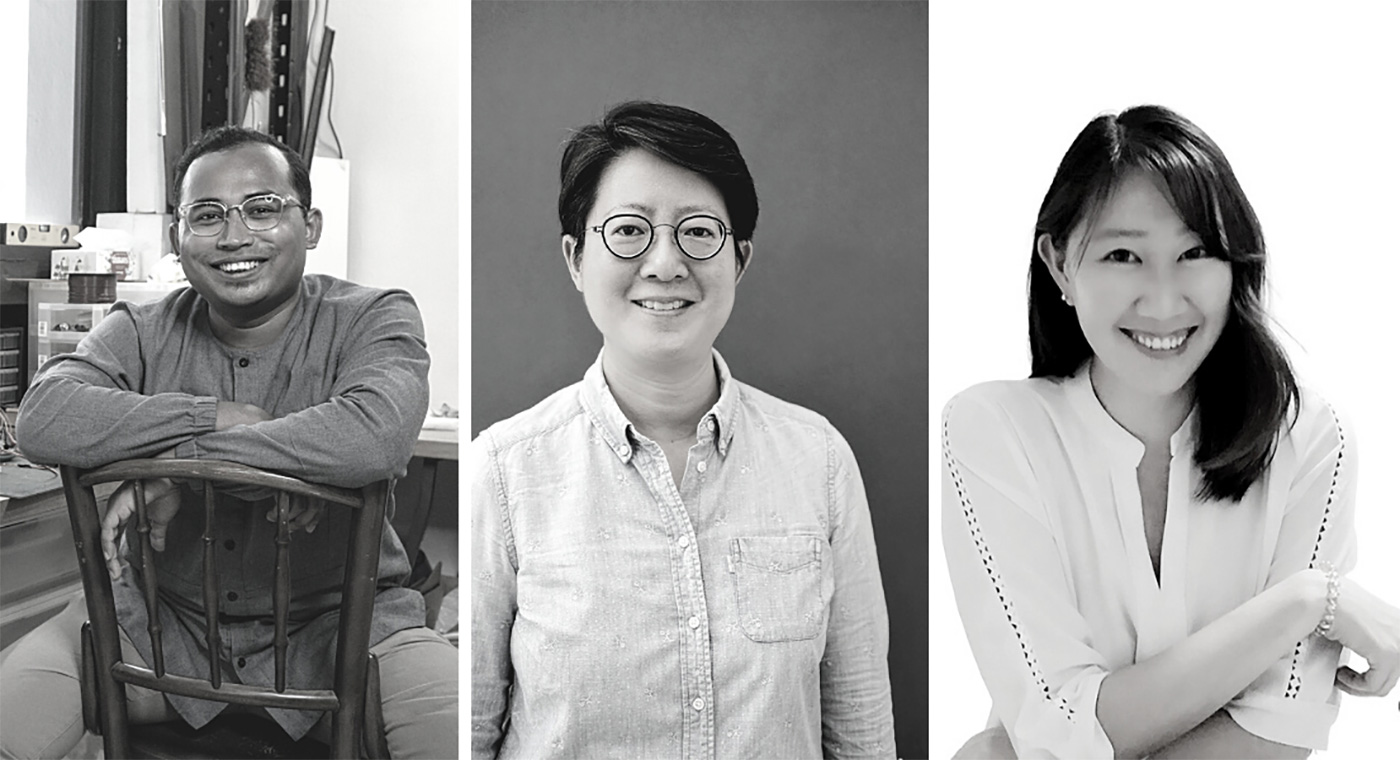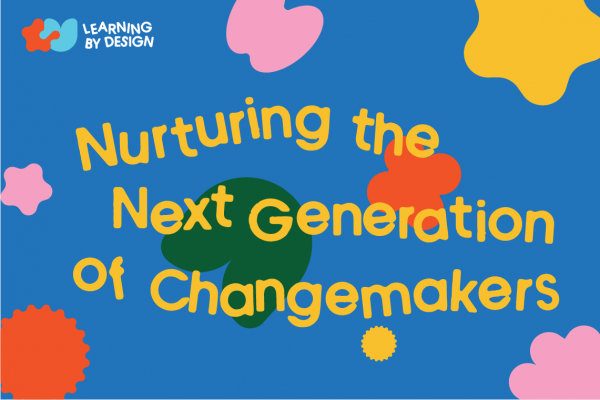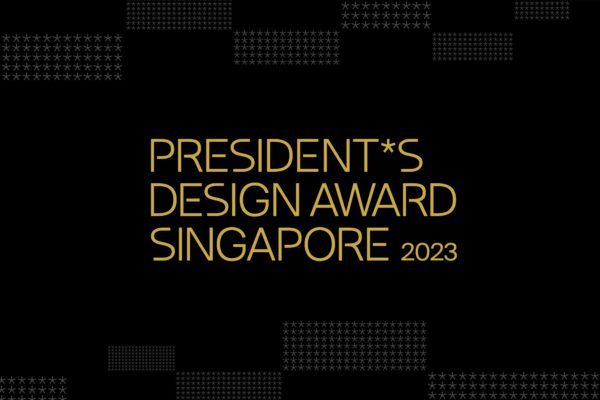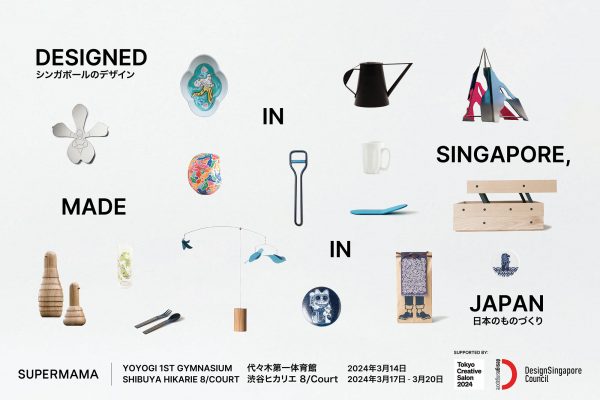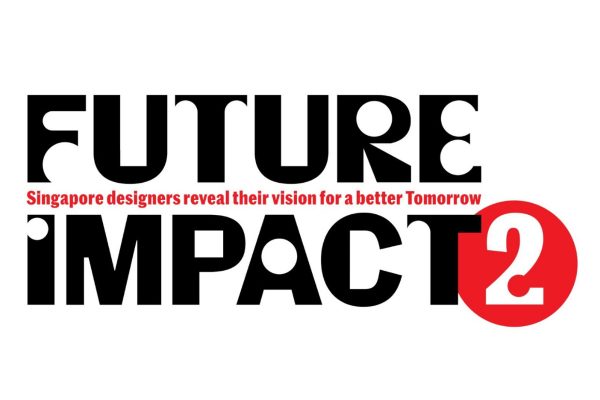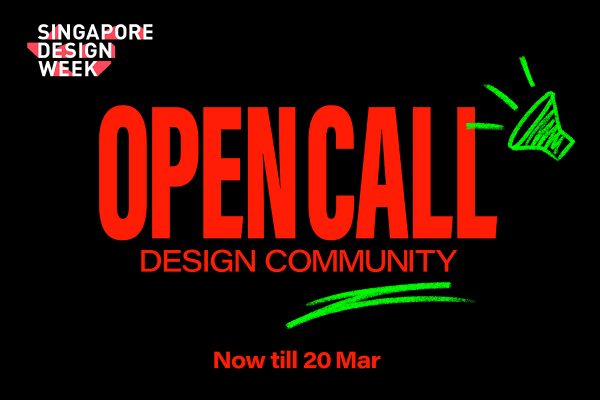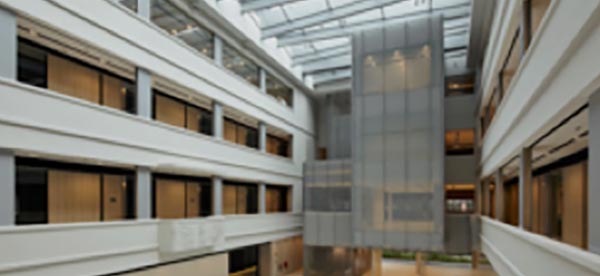So, you know you want to pursue a career in design. But you don’t really know, exactly, what role you’d like to take. Fret not. Last year, DesignSingapore Council joined forces with SkillsFuture Singapore and Workforce Singapore to develop the Skills Framework for Design, a handy booklet that provides useful information on design sector that includes career pathways, occupation and job roles, existing and emerging skills, and training and programmes for skills upgrading. Sounds neat?
In the booklet are 25 emerging new jobs that we will need more in the future. In this article, we ask three professionals who are working as a creative technologist, content strategist and product manager to tell us what their jobs entail and how you can be one too!
By Asih Jenie
What it takes to be a creative technologist
“If you are being interviewed for a creative technologist role and the interviewer asks you, ‘Are you a designer or an engineer?’ then that shows that the company doesn’t really understand the role. A creative technologist is both,” says Akbar Yunus, the creative technologist at award-winning multidisciplinary creative agency Stuck Design.
“Being a creative technologist is like being bilingual in the language of design and the language of engineering.”
The Skills Framework for Design describes a creative technologist as a person who “spearheads new product development and the improvement of existing products.” This new role was coined less than ten years ago and have been around in Singapore for about five years, but according to Akbar, it has never really taken off.

A creative technologist can see how feasible a design concept is, and the best direction to take it into reality. Depending on the people I interface with, some refer to me as a designer, some refer to me as an engineer – I’m actually both.

Akbar Yunus, creative technologist, Stuck Design
He elaborates: “We’re more into the specialist role here in Singapore. The roles of the product designer and the product developer for both software and hardware are usually held by different people, the engineering guys just do the engineering stuff and the creative guys just do the creative stuff. But today, we need to create products at a rapid pace, so you need a person with both skillsets.” Thus, was born the creative technologist role.
“A creative technologist can see how feasible a design concept is, and the best direction to take it into reality. And this person would not take no for an answer and find a creative process to solve engineering problems. Basically, you put the engineer and the designer inside your head. Sometimes I argue with myself. Depending on the people I interface with, some refer to me as a designer, some refer to me as an engineer – I’m actually both,” Akbar shares.
His journey to become a creative technologist was organic and mostly guided by personal interest. He started out in engineering. His initial proposal for his final year project at Singapore Poly was rejected because it didn’t solve enough engineering problems; in short, it was deemed to be more of a design project than an engineering project. The feedback stuck with him. After graduation, he decided to pursue Industrial Design at NUS.
“Two years after, a guy in the UK won an award for coming up with a solution that was similar to my rejected proposal. That bolstered my conviction to trust my gut,” he shares. Coming from engineering, his first year at NUS was tough, but he excelled in the subsequent years. “Thanks to my engineering background, I discovered that I have a knack to make prototypes that actually work, as opposed to just nice-looking models.”
For those who are keen to pursue a career as a creative technologist, Akbar recommends going to an engineering school to pick up the skill, and then building up your design thinking. “The path will not be straight but trust your gut and your interest. The government has been doing well in implementing design thinking, and today we have SUTD. During my time, it was very new, and there was no place where you can go for four years to become a Creative Technologist.”
After getting his BA, Akbar set up his own company, which made working prototypes for design students, professors and start-ups. He joined Stuck Design late last year.
“The best part about this role is you use different combinations of skills to solve problems, and that builds you up as a person. I wouldn’t want to sit with the same knowledge for 10 years.” He recently completed a Master programme in Information Systems at NTU and plans to expand his software engineering skills.
What it takes to be a content strategist
“Some people think the content strategist role is all about writing or marketing. But it’s not necessarily about that. For me it’s more about creating something that’s useful and usable that helps both the business and the end-users,” says Christine Oon, content strategist at strategy, design and innovation agency Pebbleroad.
As a content strategist, Christine plans the content for clients to meet a set of business goals. “We think about how the content should be structured so that it is easier to manage and easier for people to consume.
And we also go into the governance of content – how do you sustain the content quality of overtime? What people and workflow do we need? It’s end-to-end, the whole content life cycle,” she says.
So, what are the key skills that a contest strategist must acquire to take on the role? It depends, she says, on the types of projects you do as well as your own strengths and interests.

We think about how the content should be structured so that it is easier to manage and easier for people to consume. And we also go into the governance of content – how do you sustain the content quality of overtime? What people and workflow do we need? It’s end-to-end, the whole content life cycle.
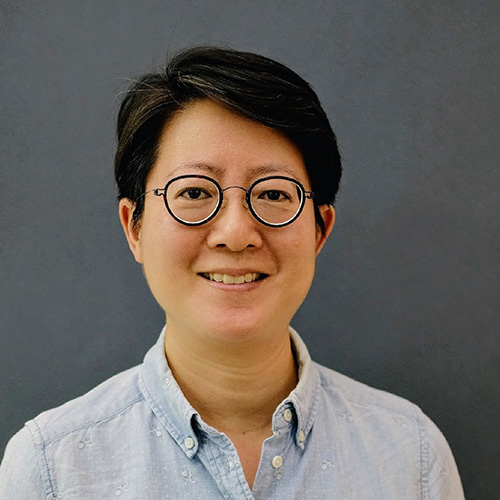
Christine Oon, content strategist, Pebbleroad
“The technical side of content strategy requires an understanding of taxonomy, metadata, and content modelling, for example. The editorial side requires an ability developing tone of voice, creating content guidelines and managing writers. You need to understand the combinations of these, and you also need a strategic vision and an ability to translate research into content and messaging.”
Christine started in journalism. “I was a news editor at Mediacorp, then I decided that I’d like to be able to do content work for other industries and different areas. I was also interested in digital media. I went to do my master’s degree in Human-Centred Design in the US that exposed me to user experience and technical communication. I graduated in 2008, just when content strategy started to become a big thing.”
Christine went into the role of a content strategist with a combination of user experience, technical communication and editorial skills in her arsenal. For somebody who is looking to get into the field, she recommends picking up as many relevant skills as possible. An actual design degree is optional.
She explains that the design of content is one aspect of content strategy. “Content isn’t limited to text. Content strategists may sometimes suggest patterns such as accordions, filters and calculators, and work with designers for the visual design and interactions. You need to be aware of these patterns and be able to use them effectively.”
She adds, “There are plenty of resources online, you can follow practitioners like Karen McGrane, Kristina Halvorson, Sarah Richards and Ann Rockley – read their content and books to get an idea of what the field is like. There are also a lot of online courses on user experience that can help you get that UX perspective and community meetups. Content strategists work very closely with interaction designers and product owners, so broaden your exposure.”
What it takes to be a product manager
“Conventional blogs out there liken the role of a product manager to a mini CEO. That sounds glamorous, but in reality, you are both the CEO and the janitor [laughs]. Being a product manager is multi-faceted; it often means going beyond your role, and doing what’s needed to get the job done,” shares Minci Loh, principal product manager, Consumer Experience at Grab, when asked about a common misconception about the product manager role.
Born and educated in Singapore, Minci has been a product manager for eight years. She graduated from SMU in 2011 and joined Grab in 2016. She is currently based in Seattle and works from Grab’s Engineering Centre, the company’s first office in the USA. “I look at our markets, our customers and our business needs to decide which product or features to build. Then I bring different teams together to turn this idea into reality,” she says.

All product managers participate in design thinking in some sense by putting themselves in the shoes of their users when they write user stories, or create wireframes and flows. But you don’t have to be a designer per se to be a product manager.
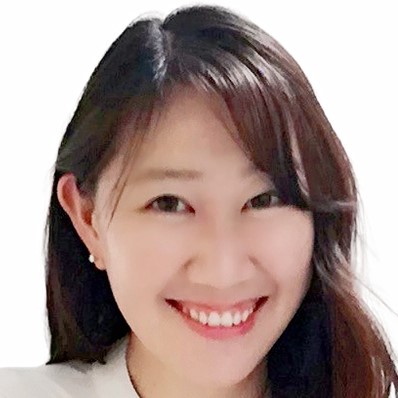
Minci Loh, principal product manager, Consumer Experience, Grab
Minci works across various functional teams in Grab, including her own pod of dedicated designers, software developers and data scientists. “A good product manager, to me, is someone who’s a master at listening and persuasion. A core part of the job is soft skills management. You’re partnering with a lot of people to create a product. So, communication – how you influence, align with, and convince other people – is paramount. Your work relies on merging different perspectives. The hard skills include the ability to perform business analysis, and work well with data,” she says.
Minci shares that most product managers transition to the role from various disciplines and one can pick up the skills needed for the role from many sources, including academic degrees, online courses, and most importantly, on-the-job learning. “Side hustles and hackathons can also give you a good idea of the work involved – It’s all about passion and interest!” she adds. Minci studied Business Management and Psychology and started her career in product development at MasterCard, before moving on to marketing and delivery. “From then it was an easy transition to product management,” she recalls.
At Grab, Minci works on consumer-facing apps and user interfaces. “Knowledge of user research methods, mobile design trends, and visual interaction principles help me communicate better with my designers to create intuitive user experiences. All product managers participate in design thinking in some sense by putting themselves in the shoes of their users when they write user stories, or create wireframes and flows. But you don’t have to be a designer per se to be a product manager.”
A day at work for Minci varies according to which stage in the product cycle she is at. “When you conceive a product idea, you do some business and impact sizing or experiments to validate if it’s worth building. Then you bring in a team to execute on and ship it. It doesn’t end with the product launch – you need to maintain it, and sometimes review and retire products which are not performing well or very high maintenance. For digital products usually, we keep iterating on the initial version built to try to be better and more relevant,” she shares. An example of this is Grab’s home screen redesign in 2018, which marked its transition from a ride-hailing app to an everyday super-app with over 16 services.
Part of the job Minci enjoys most is the intellectual exercise. “You’re at the centre of the action. I get to learn from and work with various domain experts to create something from nothing.” But having a seat at every table also comes with challenges. “You need to manage your time really well. You’re a decision-maker in a world of opinions where there is sometimes no wrong or right answer – so you need to learn how to choose well from the best options given the data.”
